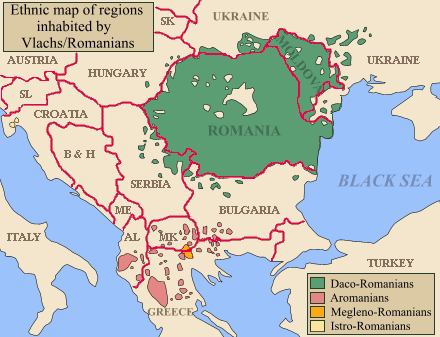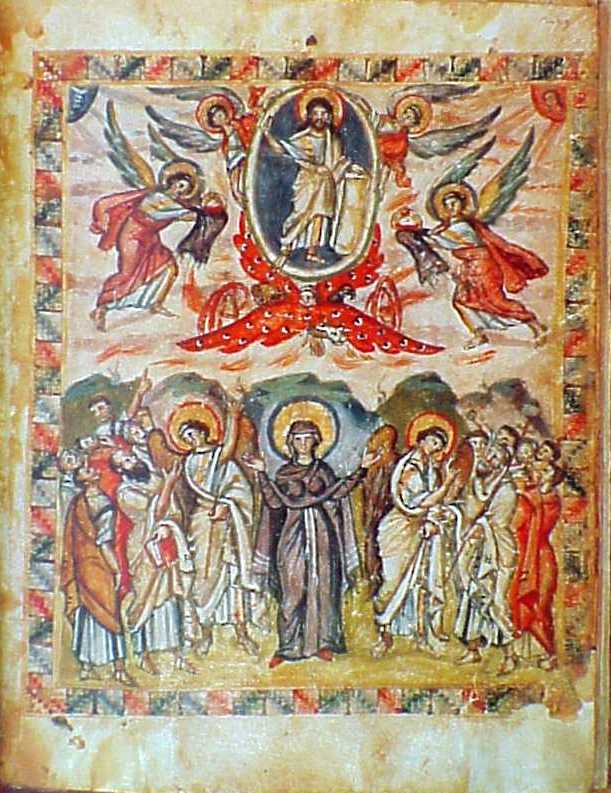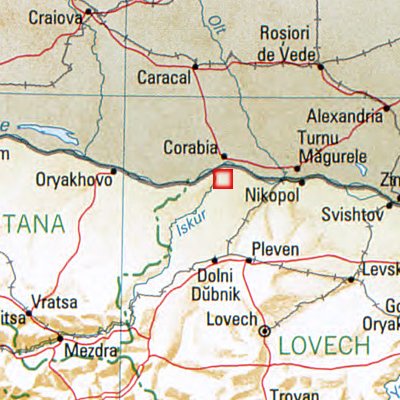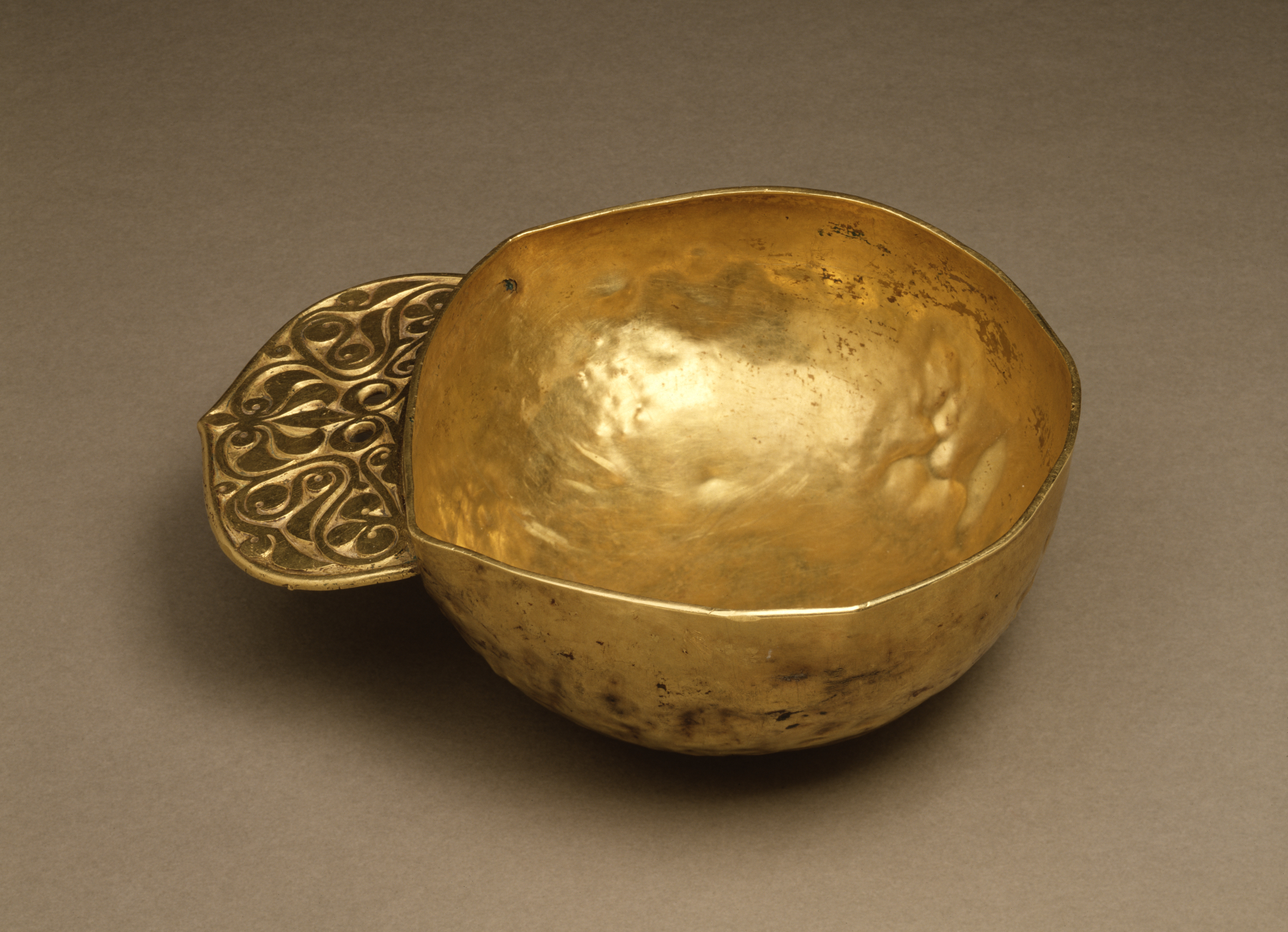|
586
__NOTOC__ Year 586 ( DLXXXVI) was a common year starting on Tuesday (link will display the full calendar) of the Julian calendar. The denomination 586 for this year has been used since the early medieval period, when the Anno Domini calendar era became the prevalent method in Europe for naming years. Events By place Byzantine Empire * Spring – Emperor Maurice rejects a peace proposal of the Persians, in exchange for renewed payments in gold. * Battle of Solachon: A Byzantine army under command of Philippicus defeats the Sassanid Persians, near Dara. * The Avars besiege Thessalonica (Central Macedonia), the second city of the Byzantine Empire.History of the Byzantine Empire from DCCXVI to MLVII, George Finlay, p. 316 * The Vlachs are first mentioned in a Byzantine chronicle (approximate date). Europe * April 21 – King Liuvigild dies at Toledo after an 18-year reign, and is succeeded by his second son Reccared I. * Slavs advance to the gates of Th ... [...More Info...] [...Related Items...] OR: [Wikipedia] [Google] [Baidu] |
Liuvigild
Liuvigild, Leuvigild, Leovigild, or ''Leovigildo'' (Spanish and Portuguese), ( 519 – 586) was a Visigothic King of Hispania and Septimania from 568 to 586. Known for his Codex Revisus or Code of Leovigild, a law allowing equal rights between the Visigothic and Hispano-Roman population, his kingdom covered modern Portugal and most of modern Spain down to Toledo. Liuvigild ranks among the greatest Visigothic kings of the Arian period. Life, campaigns and reign When the Visigothic king Athanagild died in 567, Liuva I was elevated to the kingship at a ceremony held in Narbonne, the last bastion of Visigothic rule. Recognizing the leadership qualities of his younger sibling, in the second year of his reign, King Liuva I declared his brother Liuvigild co-king and heir, assigning him Hispania Citerior, or the eastern part of Hispania (Spain), to directly rule over. Both co-regents were Arian Christians, which was the dominant religious faith of the Visigothic rulers until 587. Liuvigil ... [...More Info...] [...Related Items...] OR: [Wikipedia] [Google] [Baidu] |
Reccared I
Reccared I (or Recared; la, Flavius Reccaredus; es, Flavio Recaredo; 559 – December 601; reigned 586–601) was Visigothic King of Hispania and Septimania. His reign marked a climactic shift in history, with the king's renunciation of Arianism in favour of Catholicism in 587. Reign Reccared was the younger son of King Leovigild by his first wife. Like his father, Reccared had his capital at Toledo. The Visigothic kings and nobles were traditionally Arian Christians, while the Hispano-Roman population were Roman Catholics. The Catholic bishop Leander of Seville was instrumental in converting the elder son and heir of Leovigild, Hermenegild, to Catholicism. Leander supported his rebellion and was exiled for his role. When King Leovigild died, within a few weeks of April 21, 586, bishop Leander was swift to return to Toledo. The new king had been associated with his father in ruling the kingdom and was acclaimed king by the Visigothic nobles without opposition. In January 58 ... [...More Info...] [...Related Items...] OR: [Wikipedia] [Google] [Baidu] |
Battle Of Solachon
The Battle of Solachon was fought in 586 CE in northern Mesopotamia between the East Roman (Byzantine) forces, led by Philippicus, and the Sassanid Persians under Kardarigan. The engagement was part of the long and inconclusive Byzantine–Sassanid War of 572–591. The Battle of Solachon ended in a major Byzantine victory which improved the Byzantine position in Mesopotamia, but it was not in the end decisive. The war dragged on until 591, when it ended with a negotiated settlement between Maurice and the Persian shah Khosrau II (r. 590–628). In the days before the battle, Philippicus, newly assigned to the Persian front, moved to intercept an anticipated Persian invasion. He chose to deploy his army at Solachon, controlling the various routes of the Mesopotamian plain, and especially access to the main local watering source, the Arzamon River. Kardarigan, confident of victory, advanced against the Byzantines, but they had been warned and were deployed in battle order wh ... [...More Info...] [...Related Items...] OR: [Wikipedia] [Google] [Baidu] |
Rabbula Gospels
The Rabbula Gospels, or Rabula Gospels, (Florence, Biblioteca Medicea Laurenziana, cod. Plut. I, 56) is a 6th-century illuminated Syriac Gospel Book. One of the finest Byzantine works produced in Asia, and one of the earliest Christian manuscripts with large miniatures, it is distinguished by the miniaturist's predilection for bright colours, movement, drama, and expressionism. Coming from a period from in which little art survived, and which saw great development in Christian iconography, the manuscript has a significant place in art history, and is very often referred to. Recent scholarship has suggested that the manuscript completed in 586 was later partly overpainted by restorers and bound together with miniatures from other sources in the 15th or 16th century. Description The Gospel was completed in 586 at Monastery of St. John of Zagba (Syriac: , ), which, although traditionally thought to have been in Northern Mesopotamia, is now thought to have been in the hinterland b ... [...More Info...] [...Related Items...] OR: [Wikipedia] [Google] [Baidu] |
Colonia Ulpia Oescus
Oescus, Palatiolon or Palatiolum ( bg, Улпия Ескус, ) was an important ancient city on the Danube river in Ancient Rome, Roman Moesia. It later became known as ''Ulpia Oescus''. It lay northwest of the modern Bulgarian city of Pleven, near the village of Gigen. For a short time it was linked by the longest and most famous stone bridge across the Danube, Constantine's Bridge (Danube), Constantine's Bridge, with the ancient city of Sucidava (modern-day Corabia, Romania). The city seems to have at one point reached a area of 280,000 m2 and a population of 100,000. Archaeological excavations have brought to light parts of the ancient city and are continuing. Etymology The name of the Roman town comes from the river Oescus (today Iskar (river), Iskar). It probably meant "water" in the local Thracian language, Thracian dialect. History The Greek geographer Claudius Ptolemy (ca. 90–168 AD) described Ulpia Oescus as a city of the Triballi, an independent ancien ... [...More Info...] [...Related Items...] OR: [Wikipedia] [Google] [Baidu] |
Maurice (emperor)
Maurice ( la, Mauricius or ''Mauritius''; ; 539 – 27 November 602) was Eastern Roman emperor from 582 to 602 and the last member of the Justinian dynasty. A successful general, Maurice was chosen as heir and son-in-law by his predecessor Tiberius II. Maurice's reign was troubled by almost constant warfare. After he became emperor, he brought the war with Sasanian Persia to a victorious conclusion. The empire's eastern border in the South Caucasus was vastly expanded and, for the first time in nearly two centuries, the Romans were no longer obliged to pay the Persians thousands of pounds of gold annually for peace. Afterward, Maurice campaigned extensively in the Balkans against the Avars—pushing them back across the Danube by 599. He also conducted campaigns across the Danube, the first Roman emperor to do so in over two centuries. In the west, he established two large semi-autonomous provinces called exarchates, ruled by ''exarchs'', or viceroys of the emperor. In It ... [...More Info...] [...Related Items...] OR: [Wikipedia] [Google] [Baidu] |
Thessaloniki
Thessaloniki (; el, Θεσσαλονίκη, , also known as Thessalonica (), Saloniki, or Salonica (), is the second-largest city in Greece, with over one million inhabitants in its Thessaloniki metropolitan area, metropolitan area, and the capital city, capital of the geographic regions of Greece, geographic region of Macedonia (Greece), Macedonia, the administrative regions of Greece, administrative region of Central Macedonia and the Decentralized Administration of Macedonia and Thrace. It is also known in Greek language, Greek as (), literally "the co-capital", a reference to its historical status as the () or "co-reigning" city of the Byzantine Empire alongside Constantinople. Thessaloniki is located on the Thermaic Gulf, at the northwest corner of the Aegean Sea. It is bounded on the west by the delta of the Vardar, Axios. The Thessaloniki (municipality), municipality of Thessaloniki, the historical center, had a population of 317,778 in 2021, while the Thessaloniki metro ... [...More Info...] [...Related Items...] OR: [Wikipedia] [Google] [Baidu] |
Syria
Syria ( ar, سُورِيَا or سُورِيَة, translit=Sūriyā), officially the Syrian Arab Republic ( ar, الجمهورية العربية السورية, al-Jumhūrīyah al-ʻArabīyah as-Sūrīyah), is a Western Asian country located in the Eastern Mediterranean and the Levant. It is a unitary republic that consists of 14 governorates (subdivisions), and is bordered by the Mediterranean Sea to the west, Turkey to the north, Iraq to the east and southeast, Jordan to the south, and Israel and Lebanon to the southwest. Cyprus lies to the west across the Mediterranean Sea. A country of fertile plains, high mountains, and deserts, Syria is home to diverse ethnic and religious groups, including the majority Syrian Arabs, Kurds, Turkmens, Assyrians, Armenians, Circassians, Albanians, and Greeks. Religious groups include Muslims, Christians, Alawites, Druze, and Yazidis. The capital and largest city of Syria is Damascus. Arabs are the largest ethnic group, and Mu ... [...More Info...] [...Related Items...] OR: [Wikipedia] [Google] [Baidu] |
Avars (Carpathians)
The Pannonian Avars () were an alliance of several groups of Eurasian nomads of various origins. The peoples were also known as the Obri in chronicles of Rus, the Abaroi or Varchonitai ( el, Βαρχονίτες, Varchonítes), or Pseudo-Avars in Byzantine sources, and the Apar ( otk, 𐰯𐰺) to the Göktürks (). They established the Avar Khaganate, which spanned the Pannonian Basin and considerable areas of Central and Eastern Europe from the late 6th to the early 9th century. The name Pannonian Avars (after the area in which they settled) is used to distinguish them from the Avars of the Caucasus, a separate people with whom the Pannonian Avars might or might not have had links. Although the name ''Avar'' first appeared in the mid-5th century, the Pannonian Avars entered the historical scene in the mid-6th century, on the Pontic–Caspian steppe as a people who wished to escape the rule of the Göktürks. They are probably best known for their invasions and destruction in ... [...More Info...] [...Related Items...] OR: [Wikipedia] [Google] [Baidu] |
Byzantine Empire
The Byzantine Empire, also referred to as the Eastern Roman Empire or Byzantium, was the continuation of the Roman Empire primarily in its eastern provinces during Late Antiquity and the Middle Ages, when its capital city was Constantinople. It survived the fragmentation and fall of the Western Roman Empire in the 5th century AD and continued to exist for an additional thousand years until the fall of Constantinople to the Ottoman Empire in 1453. During most of its existence, the empire remained the most powerful economic, cultural, and military force in Europe. The terms "Byzantine Empire" and "Eastern Roman Empire" were coined after the end of the realm; its citizens continued to refer to their empire as the Roman Empire, and to themselves as Romans—a term which Greeks continued to use for themselves into Ottoman times. Although the Roman state continued and its traditions were maintained, modern historians prefer to differentiate the Byzantine Empire from Ancient Rome ... [...More Info...] [...Related Items...] OR: [Wikipedia] [Google] [Baidu] |
Roman Numerals
Roman numerals are a numeral system that originated in ancient Rome and remained the usual way of writing numbers throughout Europe well into the Late Middle Ages. Numbers are written with combinations of letters from the Latin alphabet, each letter with a fixed integer value, modern style uses only these seven: The use of Roman numerals continued long after the decline of the Roman Empire. From the 14th century on, Roman numerals began to be replaced by Arabic numerals; however, this process was gradual, and the use of Roman numerals persists in some applications to this day. One place they are often seen is on clock faces. For instance, on the clock of Big Ben (designed in 1852), the hours from 1 to 12 are written as: The notations and can be read as "one less than five" (4) and "one less than ten" (9), although there is a tradition favouring representation of "4" as "" on Roman numeral clocks. Other common uses include year numbers on monuments and buildings and ... [...More Info...] [...Related Items...] OR: [Wikipedia] [Google] [Baidu] |
Pannonian Avars
The Pannonian Avars () were an alliance of several groups of Eurasian nomads of various origins. The peoples were also known as the Obri in chronicles of Rus, the Abaroi or Varchonitai ( el, Βαρχονίτες, Varchonítes), or Pseudo-Avars in Byzantine sources, and the Apar ( otk, 𐰯𐰺) to the Göktürks (). They established the Avar Khaganate, which spanned the Pannonian Basin and considerable areas of Central and Eastern Europe from the late 6th to the early 9th century. The name Pannonian Avars (after the area in which they settled) is used to distinguish them from the Avars of the Caucasus, a separate people with whom the Pannonian Avars might or might not have had links. Although the name ''Avar'' first appeared in the mid-5th century, the Pannonian Avars entered the historical scene in the mid-6th century, on the Pontic–Caspian steppe as a people who wished to escape the rule of the Göktürks. They are probably best known for their invasions and destruction in ... [...More Info...] [...Related Items...] OR: [Wikipedia] [Google] [Baidu] |

.jpg)







